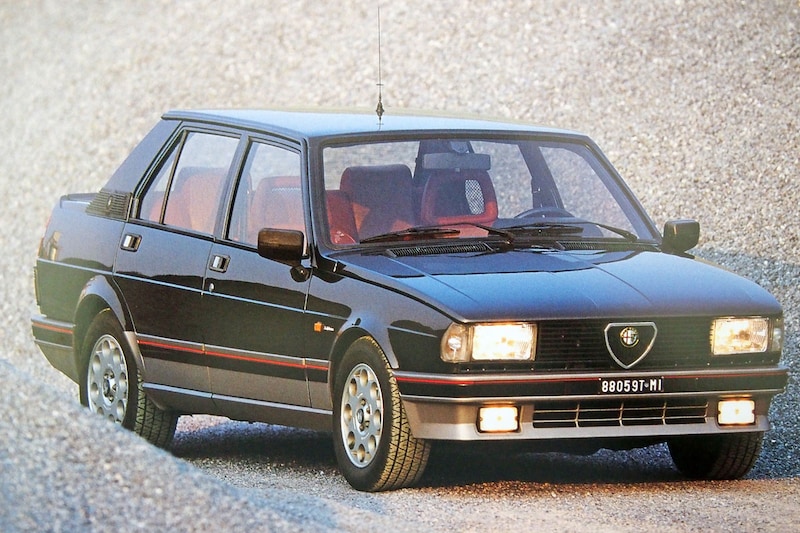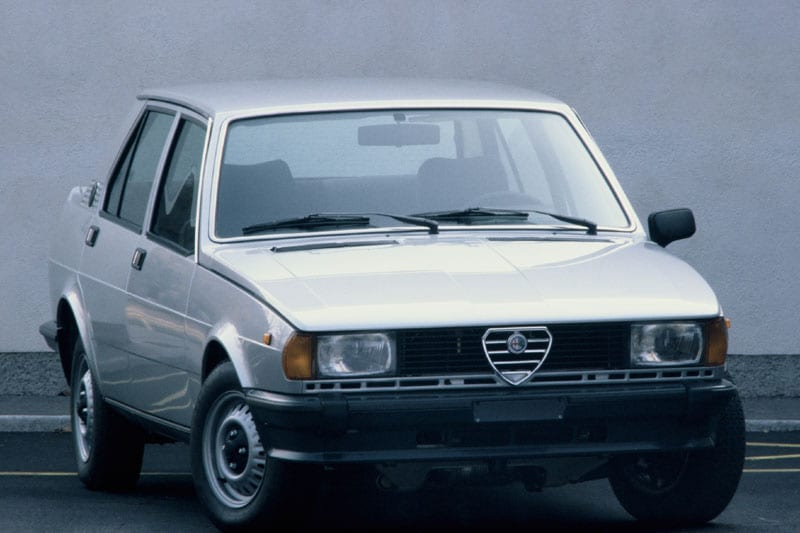The Giulia successor and 75 predecessor


A lot of image for not too much money, garnished with technology from motorsport. The Alfa Romeo Nuova Giulietta offers it all. Yet the Giulietta that appeared in the late 1970s and was replaced by the Alfa 75 in 1985 has never become a very coveted classic.
That was close! The Giulietta had almost disappeared from the streets and from our minds. A piece of history, a closed chapter. This time it would not even have been the fault of the rust devil, of lax factory employees or of management errors, as in the case of the Alfetta, Alfasud and Arna. No, this time classic enthusiasts have to put their hand in their own bosom. They have never loved the Nuova Giulietta as much as, for example, the Giulia, Bertone or Spider, or now also the 75, because it did not meet the Alfa ideal in terms of appearance.
Ten years ago for 5,000 euros, now 3 times more expensive
Due to the collective neglect that resulted from this, many a copy has come to an inglorious end. Finally, the Giulietta now gets the chance to take revenge and show that a typical Alfa Romeo is hidden under its extravagant bodywork. About ten years ago, the situation was quite different from now. For 5,000 euros you already bought a Giulietta in neat condition, we find one in the classic range on this site, but it costs almost three times as much. The copy is a beautiful one from 1980 with only 84,000 kilometers on the clock. And that is quite special, because most representatives of this period in Alfa history have long since disappeared from the face of the earth.

The 1.6 with double overhead camshafts from the Alfa Romeo Giulietta.
Technology from the heyday of Alfa Romeo
According to experts, the Giulietta 1.6 is a ‘fine-tuned car’, because it is equipped with complex transaxle technology and a light metal engine with two overhead camshafts that sounds and runs as only engines from Alfa’s heyday can. Of course, the maintenance of the braking system with three hardy discs and internally placed brake discs is not cheap, but on the other hand, this car was simply unique in the middle class at the time. “Technique was never the problem,” said Alfisti, who should know. However, the design of the Giulietta is not to everyone’s taste. The high rear with spoiler lip seems to have been glued to it at the last moment and caused a lot of discussion on its debut in 1977, opinions are divided even today about the wedge-shaped appearance.

La Linea, the rising waist with sharp lines
The traditionally minded Alfa enthusiasts – especially the Giulia owners – have never forgiven Alfa de Nuova Giulietta. Ermanno Cressoni was responsible for the lines. The director of the Centro Stilo Alfa Romeo had the courage to let go of old traditions and develop a new design language for the coming decades: the combination of a rising waist with sharp lines – called “La Linea” – was until the 1990s can be found on the Alfas 75 and 33. It was therefore no coincidence that the young designer Chris Bangle started an apprenticeship at Cressoni.
The line was henceforth determined by the wind
When the Volkswagen Jetta II and the Mercedes C-class took on a similar shape years later, this must have been a confirmation for maestro Cressoni: it is not the designers who determine the shape, but the wind. A sedan with a low Cd value simply had to look like this. Unfortunately, the zeitgeist was not kind to the Giulietta. As the avant-garde of the past has become the mainstream of today, it takes self-awareness to declare love to a Nuova Giulietta. Its design polarizes and the Alfa feels quite tinny. In addition, the trunk with a capacity of 210 liters is ridiculously small for a mid-sized sedan.
Amazed looks at classic events
But that’s only one side of the story. On the other hand, with his idiosyncratic character, he transcends the masses of the ‘usual suspects’. Among a whole fleet of over-restored Duetto Spiders, a pure and sober-looking Giulietta from the first series is guaranteed to attract attention. He is a welcome change and material for discussion at any old-timer meeting. And he will cause astonished looks. Is that car allowed in here? Is this a classic at all?
Futuristic 1970s design
Lovers of the futuristic 1970s design will have their nose pressed against the standard tinted windows to take a look at the interior with the beige Alfatex upholstery, the brown dashboard with its slanted surfaces and the separate glove compartment that is actually more of a drawer . The long gear lever that is linked to a hooked gearbox is actually the only aspect that shows that the interior of an Alfa can also radiate passion. Ermanno Cressoni replaced the classic horn button made of wood with a clumsy piece of plastic that softly cushions your head in the event of a collision. In theory, at least… He crammed the gauges and warning lights into a kind of plastic box that was placed on the dashboard, he has clearly done everything to carry the minimalist look as far as possible.
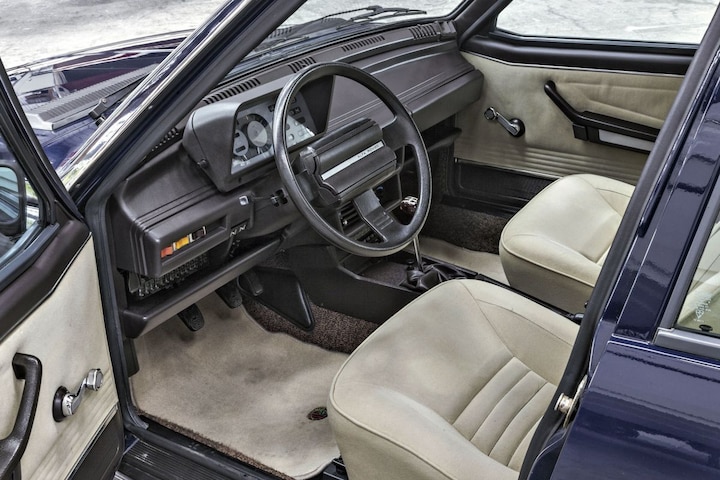
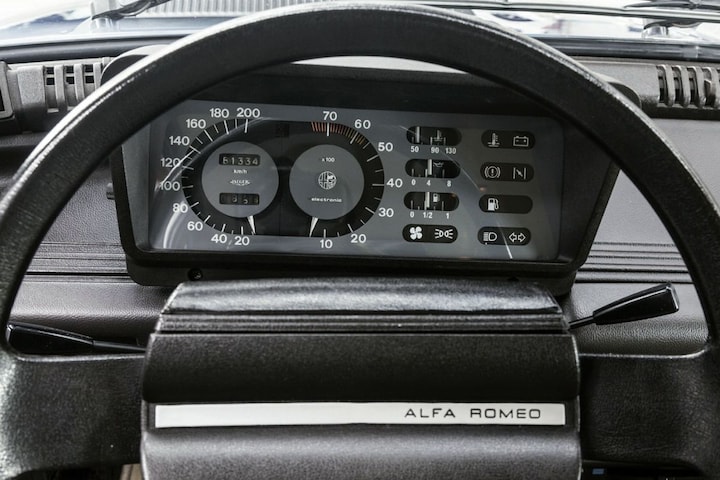
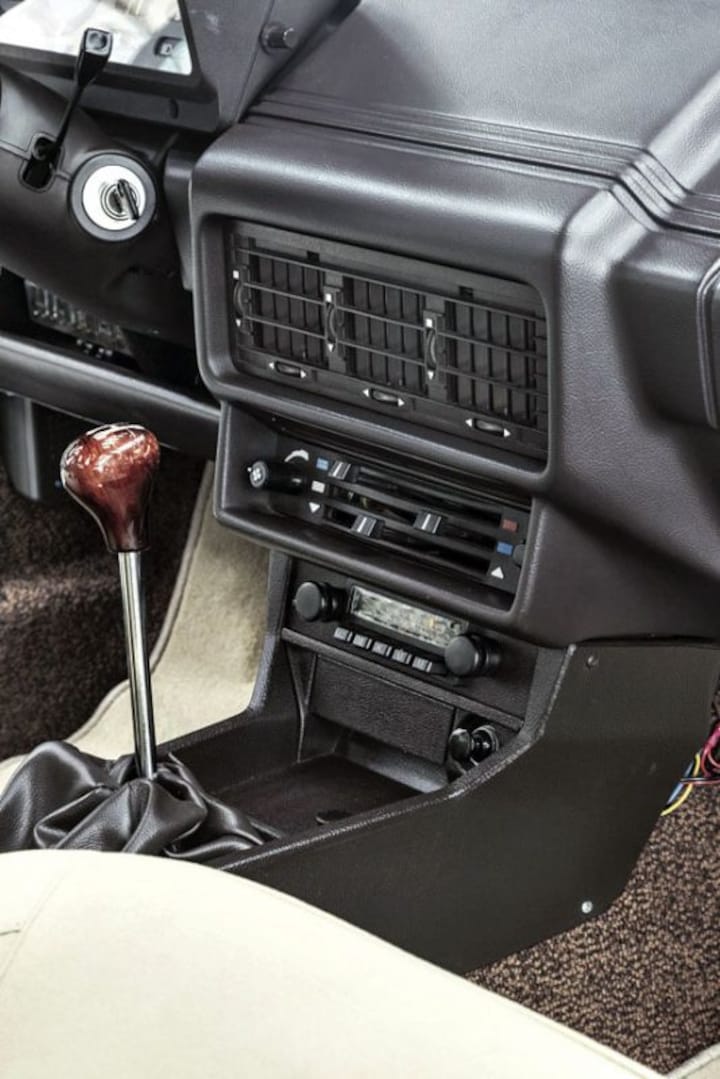
Transaxle also made the Giulietta special
Only connoisseurs of the matter know the value of a Giulietta 1.6, they know that the finely tuned technique of the ingenious Alfetta is hidden under the exceptionally lined body. Alfa applied the transaxle technology in series production as early as 1972, even before Porsche introduced the 924 with this technology. To achieve a better weight ratio, the gearbox, clutch and differential were placed on the rear axle as one unit.
The 75 also used the platform
However, since money can only be made with high-tech if large numbers are sold, Alfa built a complete model family based on the Giulietta 116: in 1974 the Alfetta GT appeared, in 1977 the new Giulietta followed and in 1985 Alfa introduced the 75, who also uses this platform. The Giulia successor – which was positioned below the Alfetta – was therefore assigned various roles. It had to lure the diehard Alfa fans to the showroom, appeal to heads of families, be both sporty and practical and be sold to the world as a new car with familiar technology. Perhaps that was all a bit too much to ask.
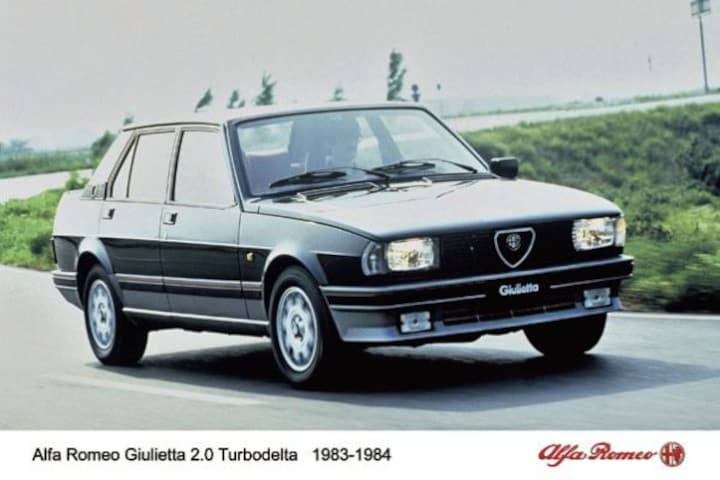
From 1300 to 2.0 turbo
Technically, the Giulietta offered its buyer a lot of choice, from the 1300 to the Autodelta’s two-litre turbo engine. But there was not a large range of models. The seductive derivatives of the primal Giulietta – the Spider and Sprint, the Speciale, the Veloce – were conspicuous by their absence here. For example, the Berlina had to save an almost forgotten model series on its own. Now the Giulietta itself must be saved. Help out before it’s too late.
This is the history of the Nuova Giulietta
In 1977, Alfa Romeo presented the successor to the Giulia produced since 1962 to the world. The Nuova Giulietta type 116 is based on the bottom plate of the Alfetta, which saw the light of day in 1972. The new Alfa has an engine with two overhead camshafts, rear-wheel drive and transaxle technology. The four-cylinder takes over the Giulietta from its predecessor: the 1.3-liter delivers 95 hp, the 1.6-liter is good for 106 hp. The diesel version with a two-litre engine is reserved for the home market. In 1978 the model gets a new top version, the Giulietta 1.8 has an output of 122 hp. Two years later, the 2.0-liter from the Alfetta is available, which has 130 hp. The steel bumpers of the second generation Giulietta have also been replaced by plastic ones. In 1983, the top model Giulietta Turbodelta is presented, the two-liter turbo engine delivers 170 hp. It does not come to participation in motorsport, instead of the planned 500 copies, 361 will be built. The third series is characterized by larger bumpers and a new dashboard. In 1984, the last phase of the model was introduced with the special version ‘2.0 Zender Alfa Sport’, of which 1,000 units rolled off the line. In 1985 production comes to an end, the Alfa 75 replaces him.
.
– Thanks for information from Autoweek.nl



